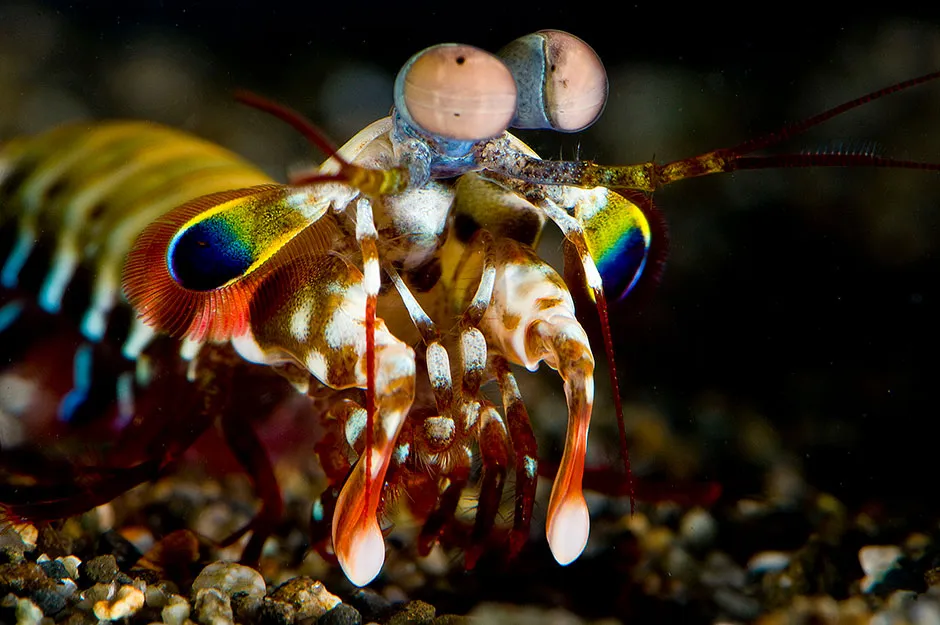David Attenborough's documentaries are known to be visually stunning, andLife in Colour is sure to be no exception. The new programme explores colour in the natural world, from eye-catching plumage to camouflage stripes.
The first episode, entitledSeeing in Colour, looks at the ways that animals use colour to attract attention, to win a mate and to fight off enemies. And there are some magnificent animals in there. Read on to find out what you'll see in episode one.
Mandrill
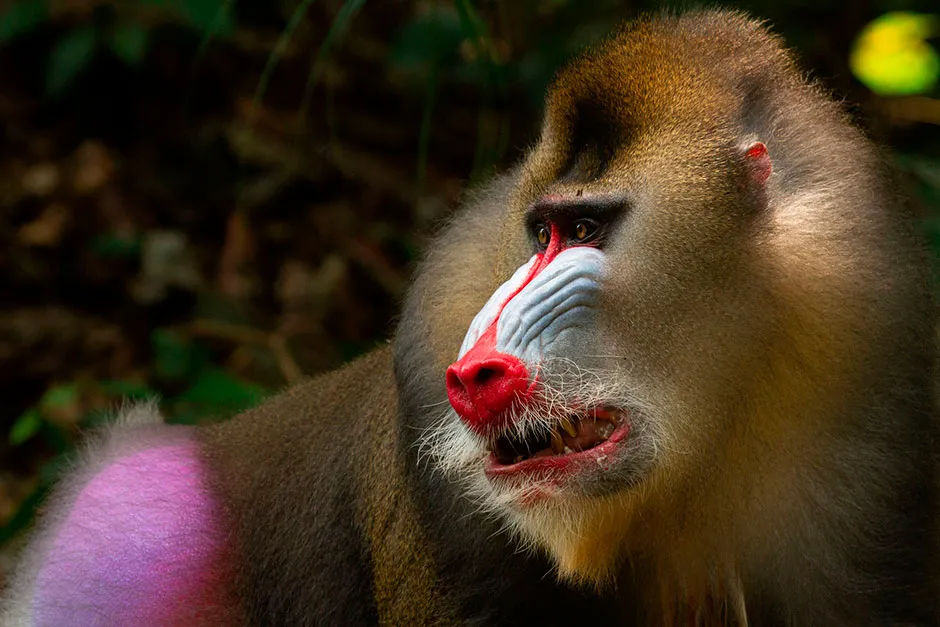
Mandrills are one of the biggest and most colourful of all monkeys. Males weigh over 30kg, so fighting can be dangerous, even fatal.
Instead, they signal their strength and status with colour - striking red and blue face masks. The brighter the colours, the higher ranking the male.
Peacock
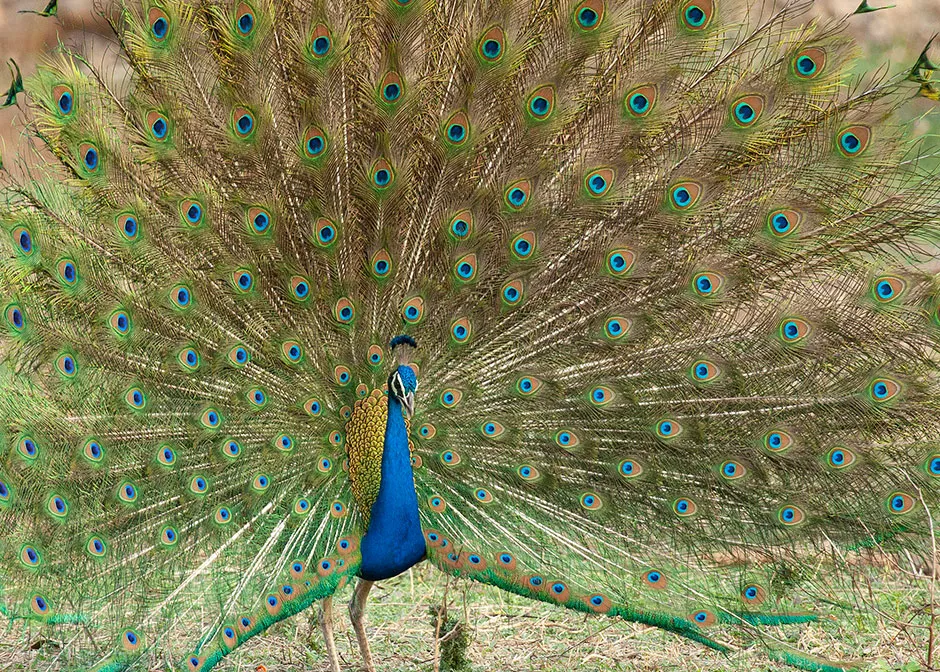
The peacock’s magnificent tail, over 1.5m long and with 150 dazzling eyespots, has evolved entirely to impress the females. It is one of the most extreme colour ornaments in the natural world.
The cumbersome tail feathers make flying difficult, but for the males it is worth it – the brighter his colours and the greater the number of eyespots, the more attractive he is to the females.
Magnificent bird-of-paradise
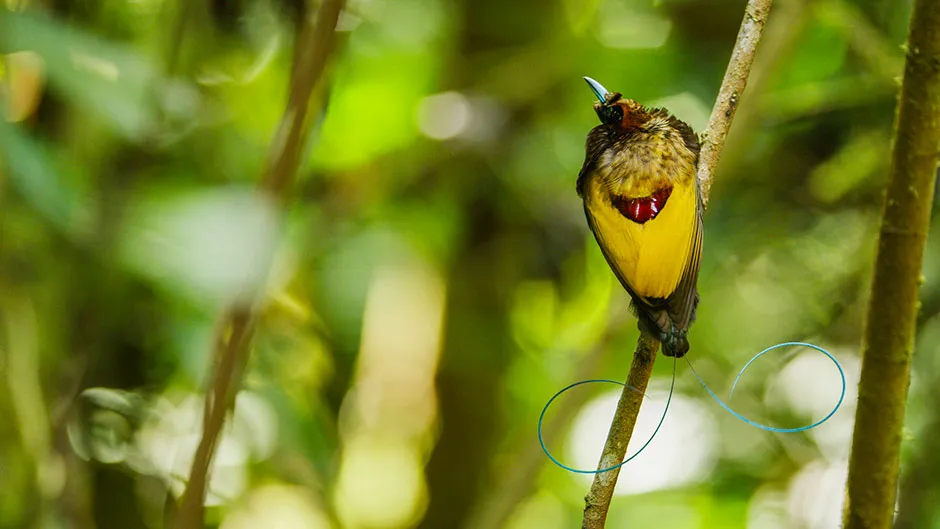
The Magnificent bird-of-paradise has taken colour display to an extreme. This particular species has not been filmed in all its glory before, because for years we had only seen his performance from ground level.
But the female watches the display from above. In order to see what she sees, the team atLife in Colour had to position their cameras accordingly.
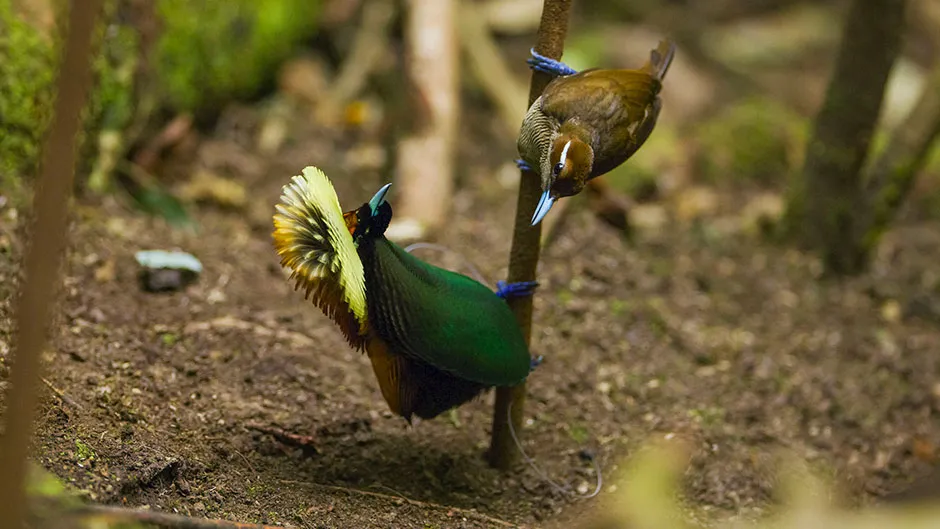
Blue-moon butterfly
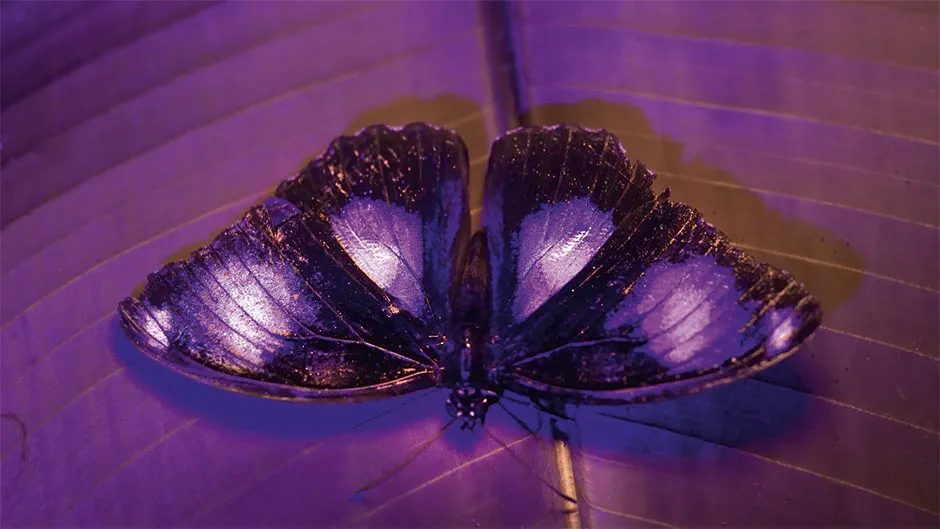
The Blue-moon butterfly doesn’t appear very colourful to our eyes, but with a newly designed ultra-violet camera, his wings take on a magical look, revealing bright UV-patches.
Females prefer males with bright UV colours, because they are a sign of health and fitness.
Costa's hummingbird

Costa’s hummingbirds live in the vast deserts of North America, where bright colours can attract unwanted attention. So the male only unfurls his spectacular headdress for the female’s eyes.
He swoops back and forth in front of her like a pendulum and positions himself to face the sun so that the iridescent feathers catch the light – at just the right angle, they dazzle and shimmer. It’s a mesmerising display.
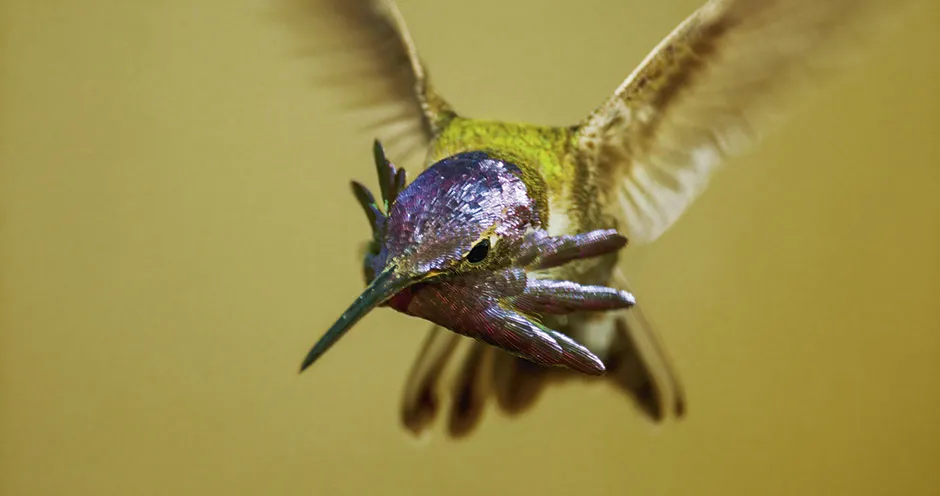
Andean flamingo
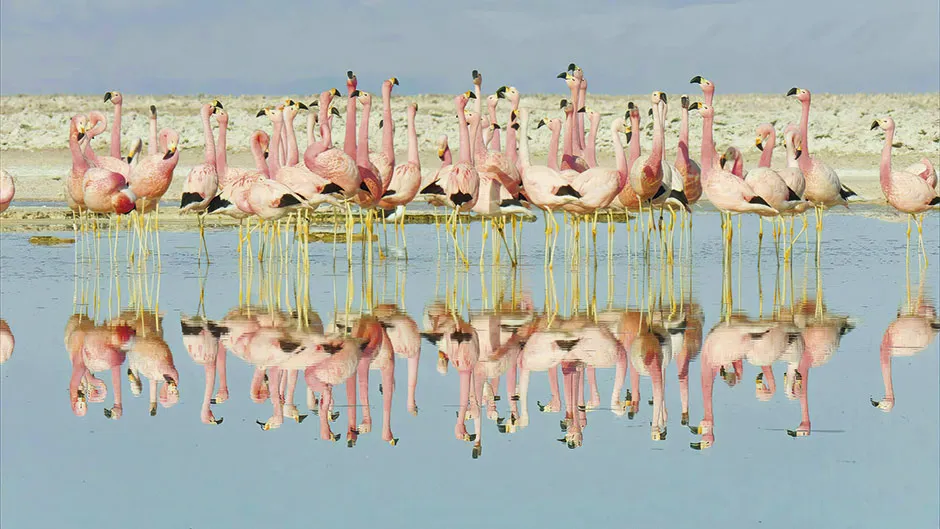
Andean flamingos get their pink colour from the food they eat, and only the pinkest birds can join in the spectacular mating dance.
Females that raised a chick the previous year lack the colours for courtship. The effort of raising the chick drains the pink from their feathers and they need time to accumulate the colour pigments again from their food.
Poison dart frog
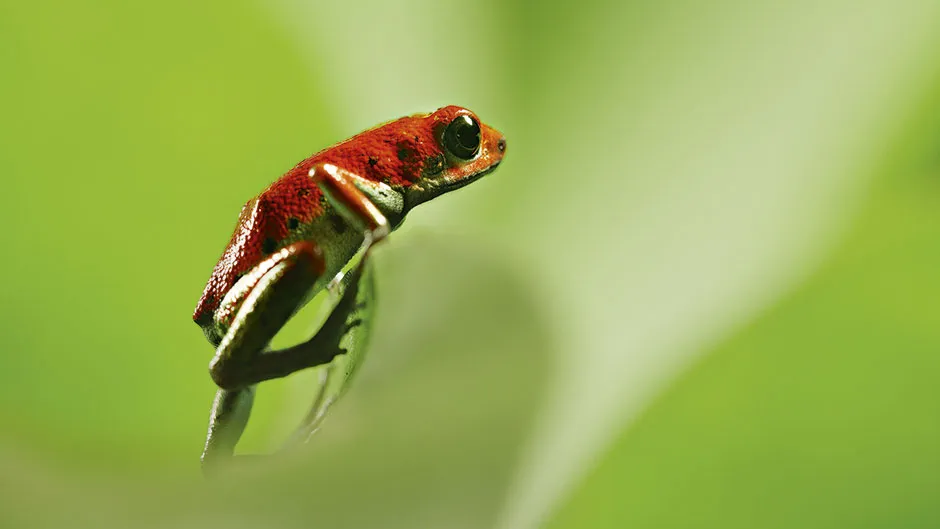
The Strawberry poison dart frog, not much bigger than a fingernail, is one of the deadliest creatures in the rainforest – and his bright colours warn of his poison. Predators know to avoid him.
But the frogs also use their colours to attract a mate and to fight off rivals. Females prefer males with bright, shiny skin, which is a sign of his strength and fitness.
Fiddler crabs
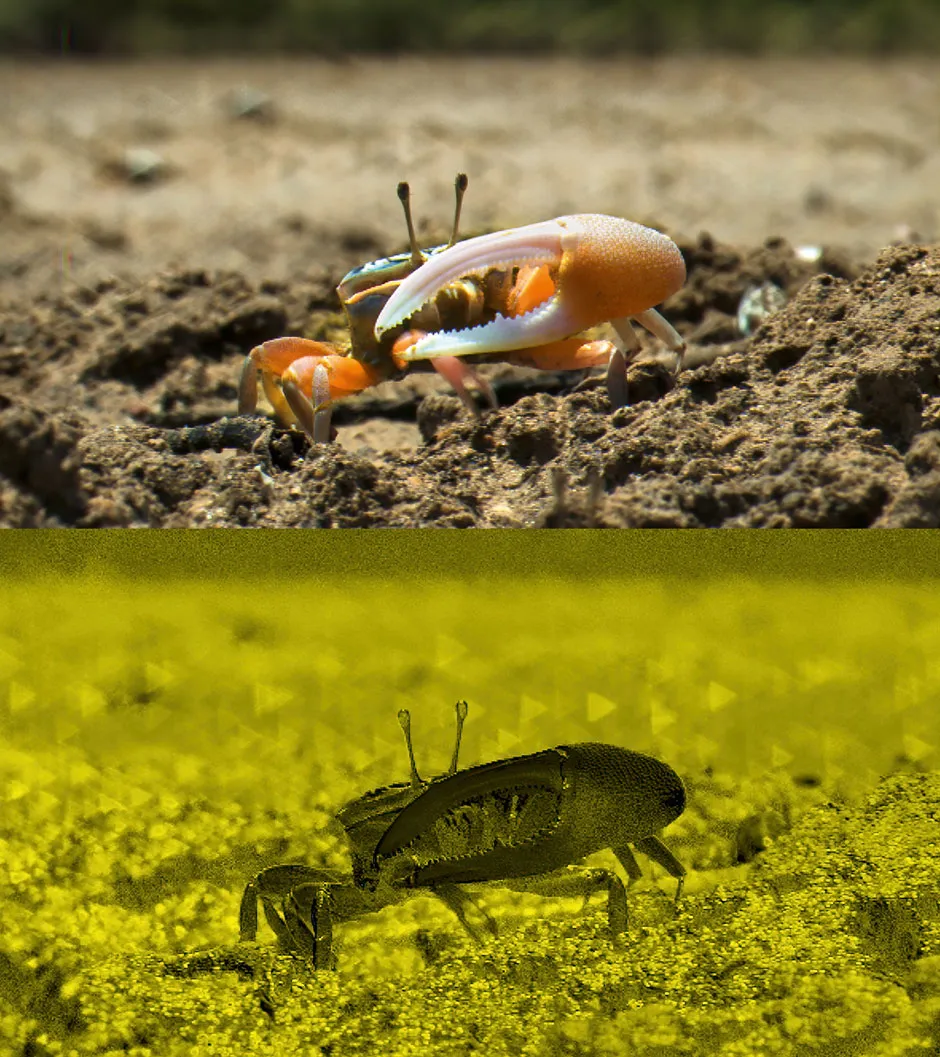
Fiddler crabs can see polarised light in a way that we can’t. A specialist camera for the first time reveals the world as a fiddler crab sees it.
Against the polarised mudflats, the crabs stand out better, so it’s easier for them to detect potential mates or rivals. Aerial predators also stand out better against the polarised sky.
Peacock mantis shrimp
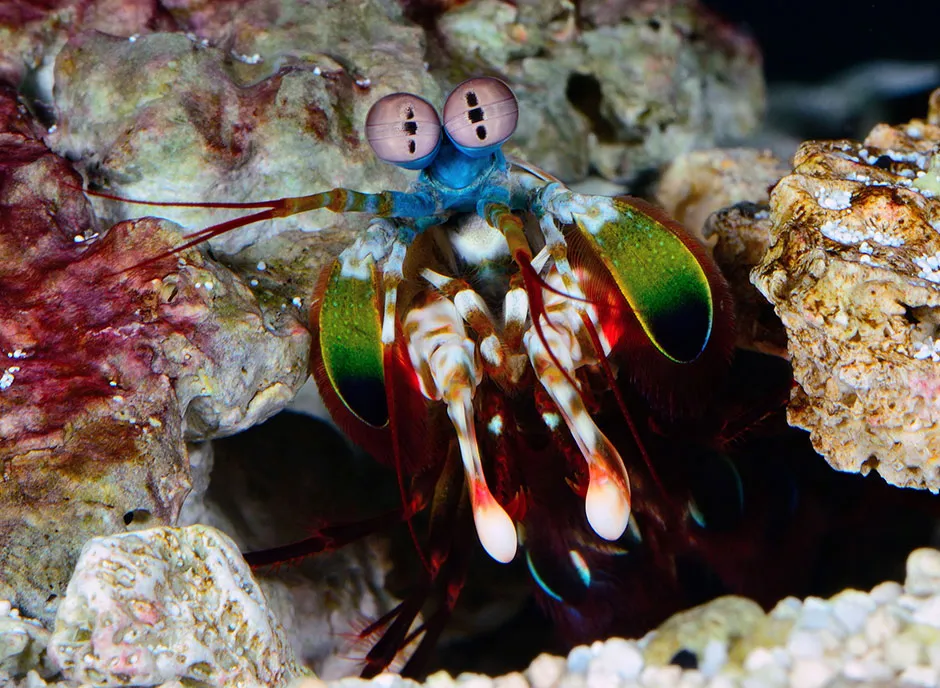
The full depth of the peacock mantis shrimp's colouration was captured for the first time byLife in Colour’s specially developed equipment. Using a camera that can visualise polarised light, the team found that the peacock mantis shrimp has a secret repertoire of flashy polarised signals.
The true meaning of these signals are yet unknown, but scientists suspect they say something about sex and could be used to signal to potential mates.
